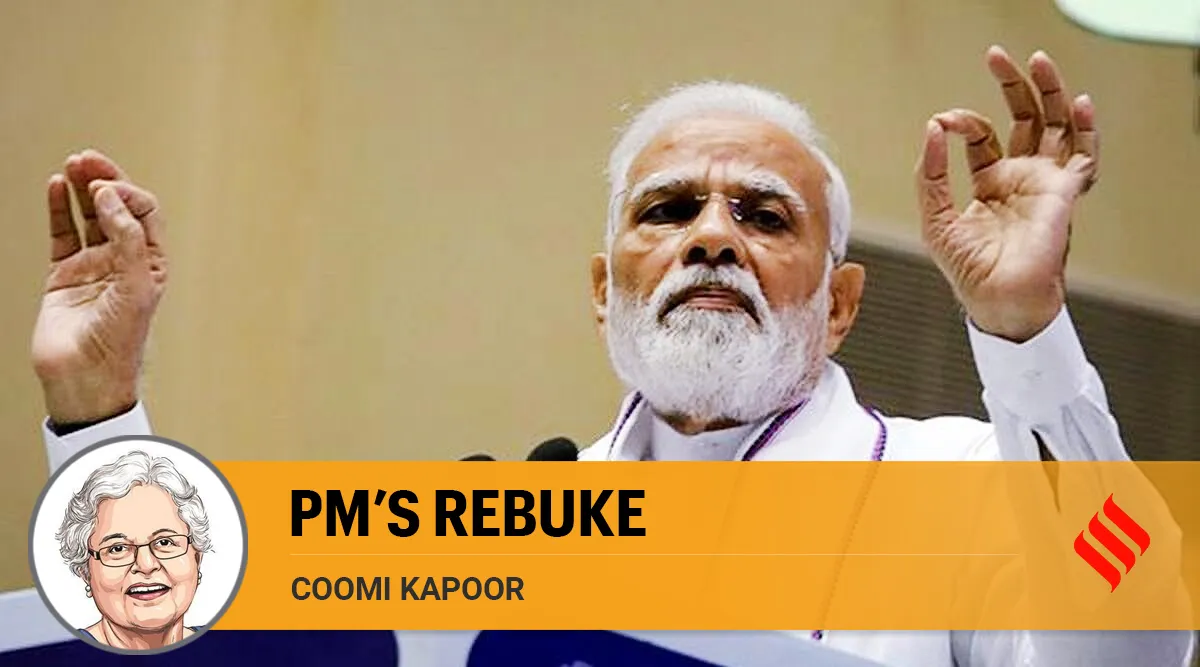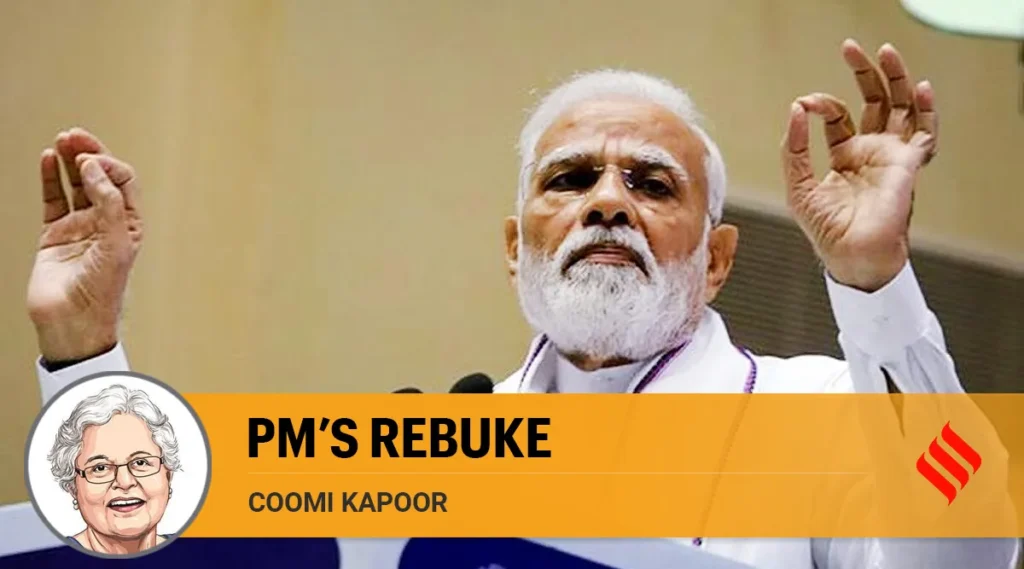

By Dr. Gyan Pathak
Prime Minister Narendra Modi has thrown his hat into the quota within quota ring, that is set by a recent Supreme Court verdict. Though the verdict has allowed a structured reservation policy for SC in job and education by subcategorization of more backward castes for sub-quota relative to other castes in the group, it has wider implication for ST and OBC reservations too, especially in the light of the ‘creamy layer’ issue that it referred.
To a group of alarmed and concerned BJP MPs belonging to SC and ST communities who went to meet PM Modi on August 9, he said and assured that no ‘creamy layer’ distinctions would be applied within the quota of jobs and seats in educational institutions reserved for SCs. It was a clear signal that the Union Government is finding a way to bypass the Supreme Court verdict, that has referred to a specific category of ‘creamy layer’ that is applicable on OBC reservation and advocated for exclusion of the ‘creamy layer’ among SCs and STs too.
Verdict has paved the way for sub-classification within SCs and STs. Sub-classification in the name of ‘creamy layer’ may be avoided, but the problem is, if there has to be sub-classification within STs, SCs and OBCs as per the verdict, it would be impossible to avoid a subcategory of ‘creamy layer’ and at best it would come in another name, relative to the more backward castes. This would make the situation complex, and politically volatile for the political parties.
It is yet to be understood clearly, legally and politically, what exactly PM Narendra Modi meant by ‘no creamy layer distinction’ would be applied to within SCs. Nevertheless, Union Law Minister Arjun Ram Meghwal has told the Lok Sabha that the ‘creamy layer’ principle was not part of the Supreme Court’s recent judgement on subcategorization within the SC quota.
PM Modi was firm in his assurance given to the group of MPs, which included the Union Law Minister Meghwal and the Minister of Parliamentary Affairs Kiren Rijiju. It was confirmed by the members of the delegation, such as former Union Minister and BJP MP Faggan Singh Kulaste, who said that “Prime Minister Modi agreed with the feelings expressed by the delegation of MPs and said that he was committed to not applying the creamy layer within the SC category.”
Kulaste has even posted on X that the delegation of MPs had requested the prime minister not to consider the opinion of four judges who had advocated the application of a ‘creamy layer’ principle within the SC quota.
Union Cabinet also met on the same day and deliberated upon the Supreme Court verdict of allowing the states to subcategorize castes on the basis of ‘more backwardness’ to give them separate reservation quotas within the overall quotas for the entire group.
The Union Cabinet has asserted that the principle of creamy layer does not apply to reservation for SCs and STs. In the Cabinet briefing, Union Minister Ashwini Vaishnaw announced this and said, “This government is committed to the Constitutional provisions given by Babasaheb Bhim Rao Ambedkar. There is no provision of creamy layer in Babasaheb’s Constitution. The Cabinet’s well thought decision is that it is only as per Babasaheb’s Constitution that reservations for SC/ST should be provided.”
Union Law Minister Meghwal, while replying to the supplementary question on this issue raised during the Question Hour by Shiv-Sena (UBT) MP Bhausaheb Wakchaure, said, “The reference to creamy layer in the subcategorization of SC/ST is an observation by a Supreme Court judge and not a part of the decision. The member should not make an attempt to mislead the society.” He also asked the opposition as a whole not to “mislead” the society on the “observations” of a Supreme Court judge on carving out a ‘creamy layer’ for exclusion from SC/ST reservations.
PM Modi led government’s stand on the issue is in contrast to the earlier stand of the BJP. In 2001, as Chief Minister of Uttar Pradesh Rajnath Singh, currently Defence Minister of India, led a committee that recommended ‘quota within quota’ policy, and was subsequently implemented. It was a political gamble of the BJP, which failed, politically speaking to divide the STs, SCs, and OBCs. However, BSP-BJP coalition government came to power after election in 2002, especially after a brief spell of President’s rule, and the Chief Minister Mayawati scrapped it in May 2003.
PM Modi’s stand on the issue now may be a result of the political lesson learnt by the BJP in 2001, especially at a time when BJP has lost its majority in the Lok Sabha in 2024 election by winning only 240 seats. He may not be willing to run a risk further at a time when the same Uttar Pradesh has served a political shock to BJP during Lok Sabha election especially because of OBCs and Dalits shifted to INDIA alliance partners – the Samajwadi Party and the Congress.
Nevertheless, BJP’s allies, JD(U) in Bihar, and TDP in Andhra Pradesh have hailed Supreme Court verdict as a whole. However, they are yet to come out with their clear political stand on subcategorization in STs, SCs and OBCs including the ‘creamy layer’ categorization.
Though, Congress government of Telangana has announced to be the first state in the country to implement the Supreme Court verdict on reservation, the Central Congress leadership has decided to hold consultations within and outside the party, including the state units, to finalize its stance on the verdict.
BSP leader Mayawati has opposed and criticized the verdict. However, many leaders across the political parties have welcomed the verdict, though their parties are in the process of formulating their stand. Every Party in the country is preparing for a political wrestling on the issue to derive maximum political benefit out the ‘quota within quota’ issue including the exclusion of ‘creamy layer’. We may expect also a politico-legal battle on the issue, given the Modi government’s stand running counter to the Supreme Court verdict. (IPA Service)




